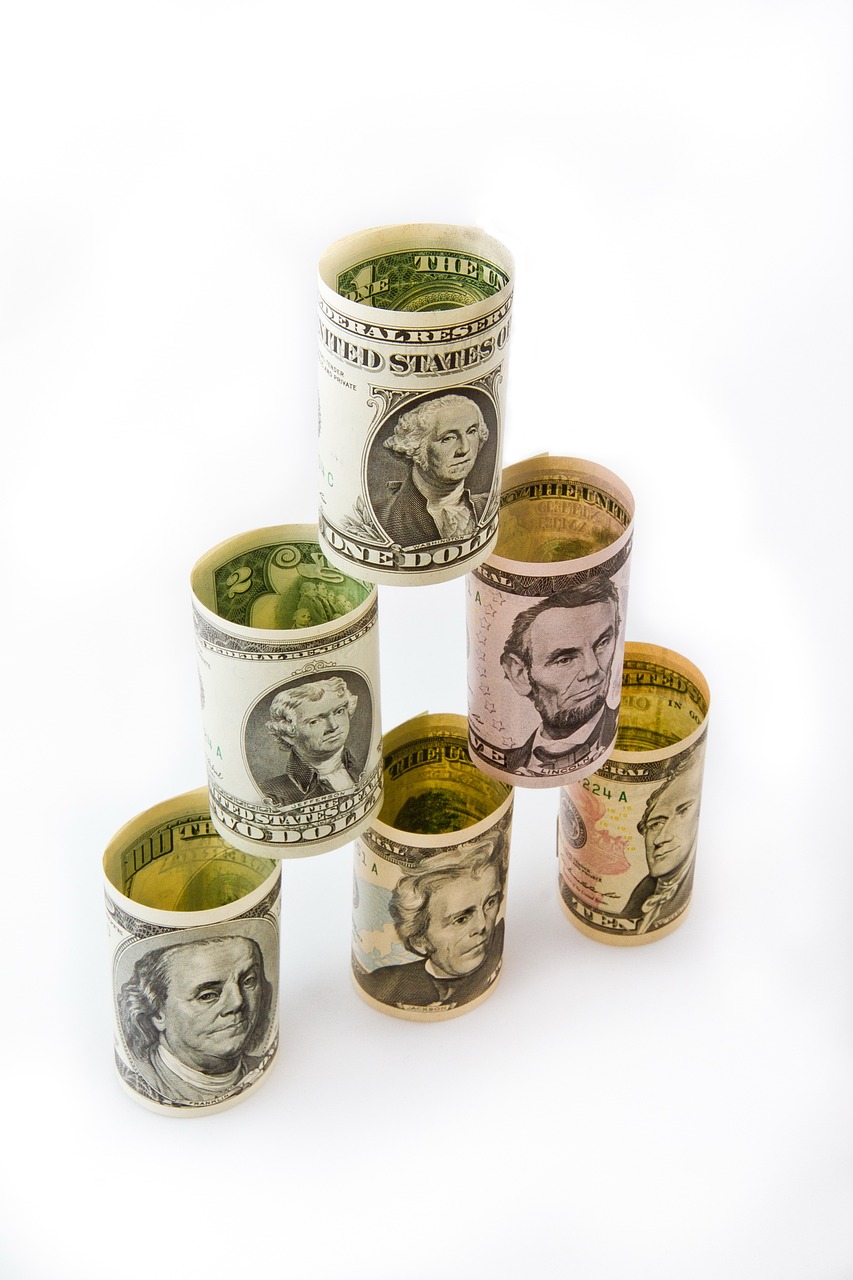Investment and trading should be based on thorough analysis and calculations rather than sheer luck. I believe you understand the importance of this well. But what role does math play in trading? In fact, one of the key factors that determines the success of trading is understanding and applying mathematical principles. Don’t worry if you are just starting out in trading. Today, we will easily explain the essential mathematical concepts that traders need to know.

Risk-Reward Ratio: The Basics of Trading
Understanding the risk-reward ratio is important as the first step in trading. This ratio compares the potential loss and potential gain in a trade. The commonly used ratio is 1:2, which means that for a trade where you risk losing $100, you should aim for a profit of $200. This ratio is a basic strategy for successful trading.
For instance, if a trader is ready to take a $50 loss on stock A, they should expect at least a $100 profit.
Position Sizing: Protecting Your Capital
Position sizing refers to the number of shares or contracts bought or sold in a particular trade. Traders must determine the appropriate position size to effectively manage their capital. The Kelly criterion is one of the well-known formulas to assist in this decision. It suggests the proportion of capital to risk in each trade.
For example, if a trader has a win rate of 60% and an average profit/loss ratio of 1.5, the Kelly criterion suggests risking 10% of the capital in each trade.
Compounding Effect: Growing Your Assets Over Time
The compounding effect is the process by which the returns on an asset generate additional returns. This concept is very important in day trading. By reinvesting a certain amount of profit each month, the account grows exponentially over time.
For example, if a trader makes a 10% profit each month and reinvests it, they will end up with a significantly larger amount than their initial capital after a few years.
Volatility: The Whims of Trading
Volatility is a measure of the price fluctuations of an asset. High volatility means greater profit opportunities but also higher risks. Volatility is calculated as the standard deviation of returns over a specific period.
For instance, if a stock has a standard deviation of 2%, it implies that price fluctuations of around 2% from the average price can be expected.
Probability and Expected Value: Increasing Your Chances of Success
Probability is used to estimate the likelihood of an event occurring and is often used to estimate the likelihood of trade success in trading. Expected value is a method of calculating the average profit from trading over multiple repetitions.
For example, if a trader has a 70% chance of making a $100 profit and a 30% chance of making a $50 loss, the expected value is (0.7 * 100) + (0.3 * -50) = $55.
Conclusion: Preparing for Successful Trading
Trading is a field where understanding and applying many mathematical concepts is essential for success. The risk-reward ratio, position sizing, compounding effect, volatility, probability, and expected value are basic concepts that every trader should know. Understanding and applying these concepts properly can give you a higher chance of success. Take this opportunity to solidify your trading fundamentals.
References: Investing Insights by Stef, “Math for Traders: What You Should Know”
